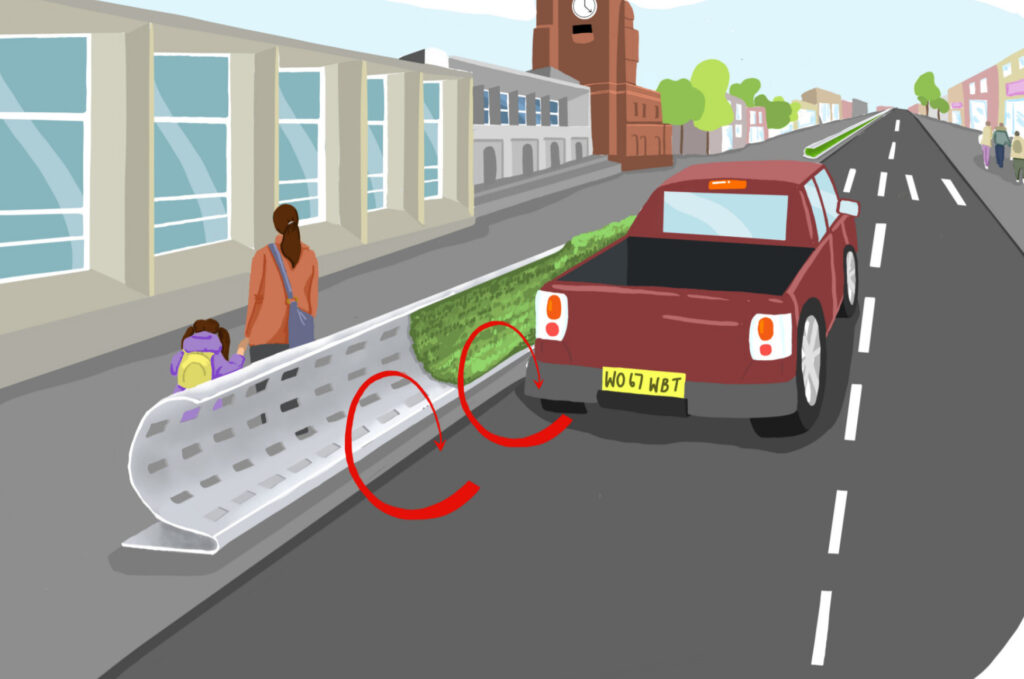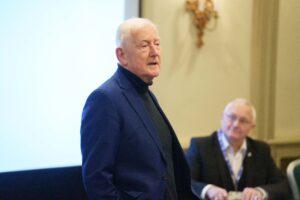Air pollution is a growing global health concern, especially as for those residing in lower socioeconomic areas where air pollution is likely to be more significant.
Imperial College London researchers used airflow modelling techniques to deflect particulates away from pedestrians.
Children are more vulnerable and readily exposed to air pollution due to their proximity to the ground, where heavier pollutants settle.
Dr. Tilly Collins of the Imperial Centre for Environmental Policy decided to research the effect of walls along roads after watching her child play netball in a playground adjacent to a busy London A-road.
Dr. Collins and her team initially built simple models to explore the idea of urban designs to mitigate the vortex effects and improve pedestrian air quality.
Researchers were inspired by airfield baffles and the curved sound-walls alongside motorways in Germany and the Netherlands. They found that inexpensive curved urban furniture could effectively disperse and reflect pollutants back towards roads and vastly improve pedestrian air quality.
While this would compromise rod visibility, researchers highlight that the health effects of air pollution are significant enough for this idea to be explored. Another positive of these barriers to the ability to also mitigate noise pollution, and to act as scaffolds to increase green infrastructure throughout large cities.
‘Initially, it was difficult to convince others to get on board. The focus is very much on successfully reducing exhaust fumes, but there are these things we can do now to protect our children,’ Dr. Collins explains.
‘The different sciences, urban designers and architects should collaborate more to design these solutions achieve air quality improvements at local scales more effectively and quickly.’
Photo credit: Imperial College London, Centre for Environmental Policy




